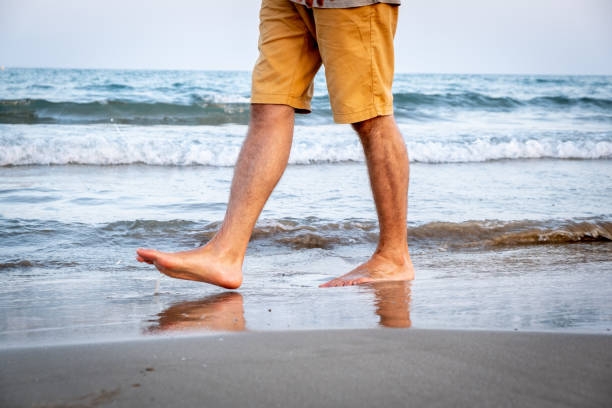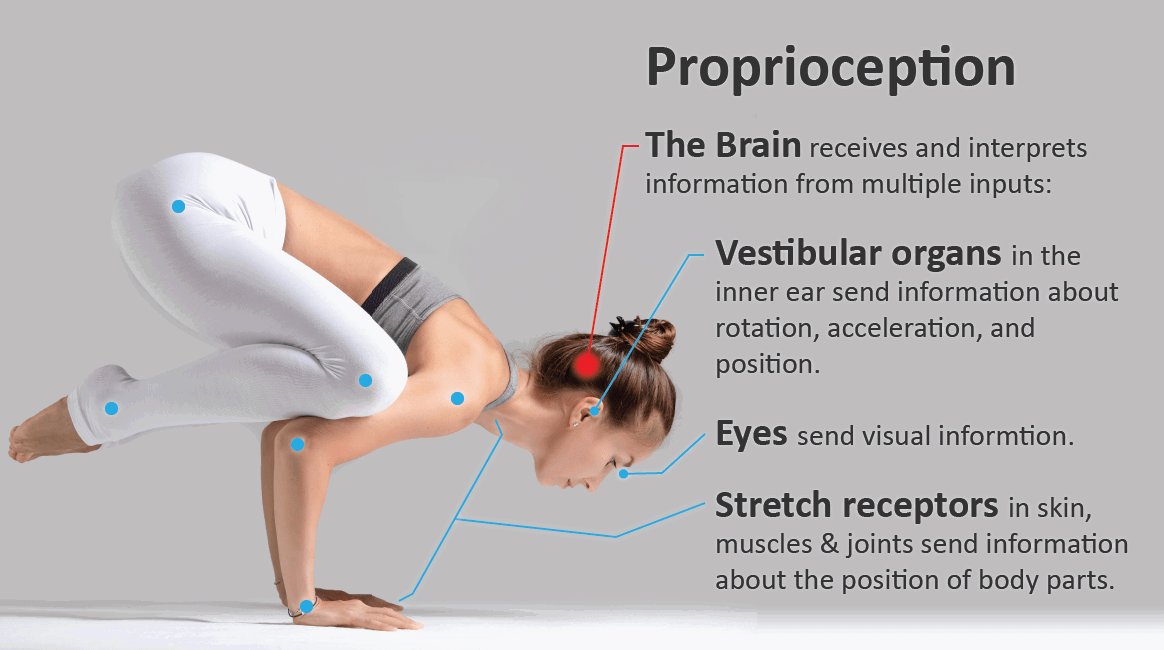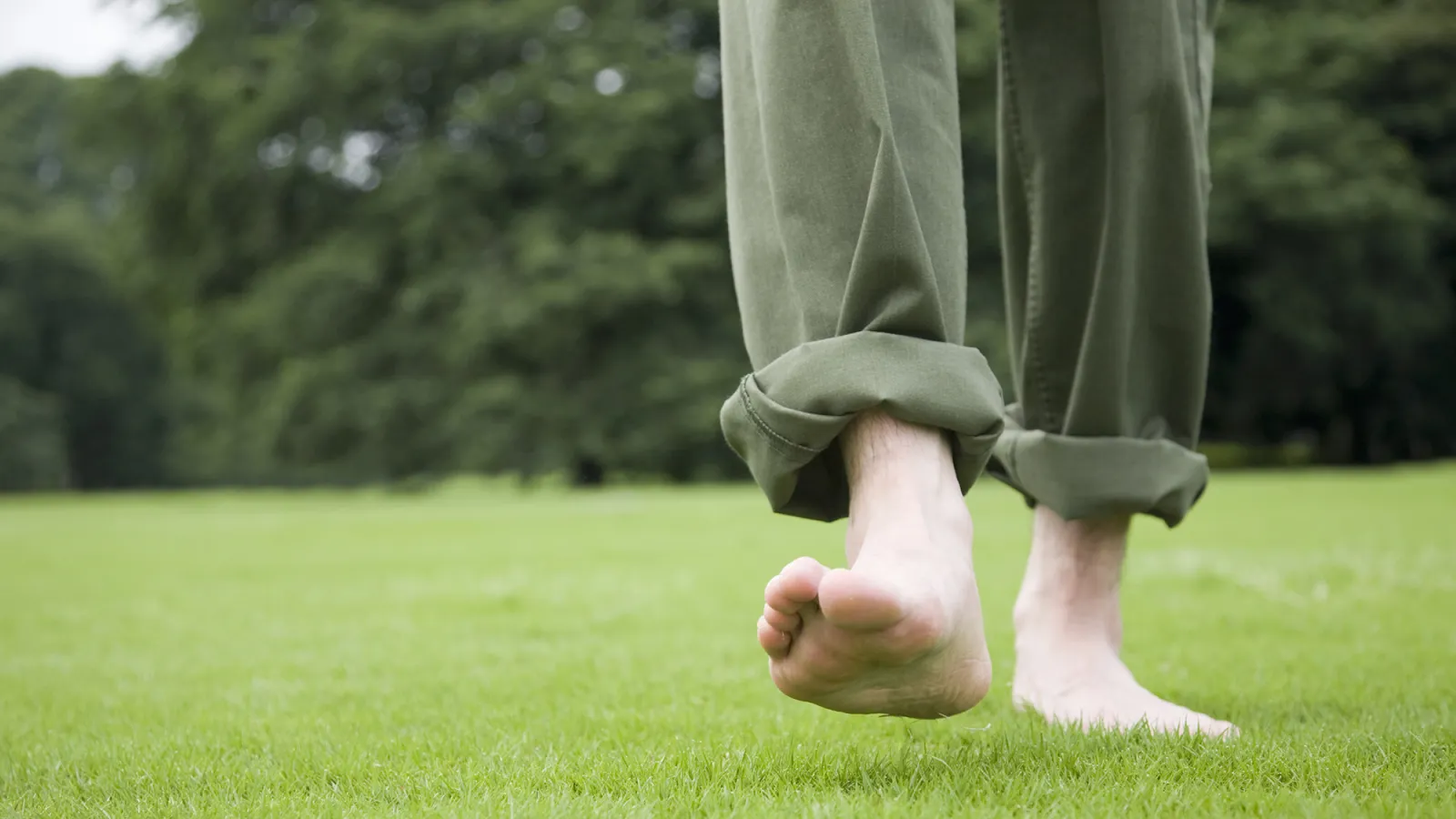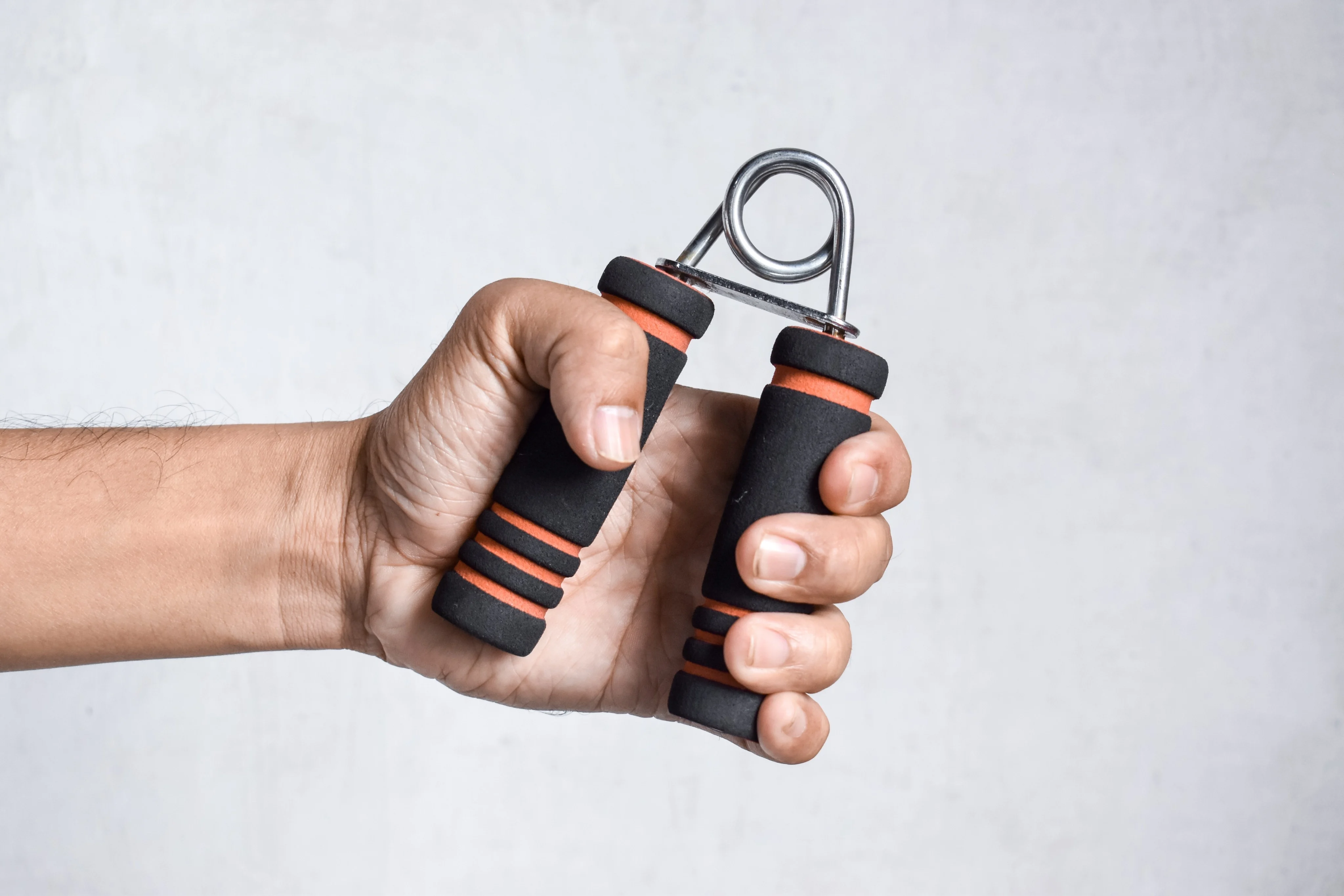
How Barefoot Walking Improves Brain Communication
Your Feet Are a Sensory Map for the Nervous System
Every step you take sends information to your brain. Signals about pressure, balance, joint angle, and surface texture travel rapidly from the soles of your feet through your spine and into your sensory-motor cortex. This is how your brain knows where you are in space, even with your eyes closed.
But modern footwear flattens and dulls these signals. Your shoes may protect you from the elements, but they also mute critical input that helps your brain build body awareness. Walking barefoot, especially on uneven or natural surfaces, restores that input and sharpens the connection between your feet and your brain.
This system of internal spatial feedback is called proprioception. Without it, movement becomes clumsy, balance weakens, and the nervous system loses a key source of data.
What Is Proprioception and Why Does It Matter

Proprioception is your body’s ability to sense its position, motion, and orientation. It allows you to adjust mid-stride, catch yourself when you trip, and know how much pressure to apply in a movement. It is one of the foundations of coordination and injury prevention.
Your feet are rich in mechanoreceptors, especially in the toes, arches, and heels. These receptors respond to changes in pressure and motion, feeding the brain real-time updates through the posterior column pathway of the spinal cord.
When these pathways are active and stimulated, several things happen:
- Improved Postural Stability
Walking barefoot on textured surfaces engages stabilizer muscles in the feet and ankles that are underused in cushioned shoes. This strengthens balance and reduces fall risk (Nurse and Nigg 2001). - Faster Neuromuscular Response
When the brain receives more sensory input, it sends out faster and more precise motor commands. This leads to quicker reflexes and smoother movements. - Enhanced Brain-Body Mapping
Proprioceptive input helps refine your body schema — the brain's internal map of your physical self. When this map is sharp, coordination improves across all activities.
Why Modern Shoes Interrupt the Signal
Most shoes are designed for comfort or fashion, not function. Thick soles, arch support, and narrow toe boxes interfere with the natural movement of the foot. They reduce feedback from the ground and create reliance on external support.
Over time, this causes:
- Decreased sensory input to the brain
- Weakening of foot intrinsic muscles
- Poor ankle stability and mobility
- Delayed reaction time during movement
Barefoot walking, particularly on grass, sand, or uneven surfaces, retrains the nervous system to use its original feedback loops. It restores coordination from the ground up.
What Happens in the Brain When You Walk Barefoot
Walking barefoot on textured surfaces is not just a physical experience. It also affects the sensorimotor cortex, cerebellum, and vestibular system, which all play a role in balance, precision, and motion control.
Increased foot sensory stimulation has been shown to:
- Boost activation in the somatosensory cortex (Wang et al. 2015)
- Improve gait symmetry and dynamic balance
- Strengthen the cortical networks responsible for coordination
Your feet act like antennas. The more clearly they signal, the more efficiently your brain operates.

How to Integrate Barefoot Walking Into Your Routine
1. Start with Safe, Natural Terrain
Begin on soft grass, sand, cork mats, or textured rubber. Avoid pavement or gravel until your feet have adapted. Aim for five to ten minutes at first.
2. Move Slowly and Mindfully
Pay attention to how the ground feels under each part of your foot. Try walking heel to toe, side to side, or in small directional shifts to wake up different receptors.
3. Add Short Intervals Throughout the Day
A few minutes of barefoot walking in the morning, after work, or during breaks is enough to activate the nervous system. Frequency is more important than duration.
4. Pair It with Balance or Mobility Work
Standing barefoot during simple exercises like single-leg balances, slow squats, or light lunges helps transfer the benefit into movement control.
The Takeaway
Your feet are not passive tools. They are sensory gateways that help your brain understand the world and coordinate your movement within it. When you walk barefoot, especially on textured ground, you restore the feedback loops that keep your nervous system sharp and your movement precise.
Proprioception is not just for athletes or rehab patients. It is for anyone who wants to stay stable, agile, and grounded.
Let your feet do what they were built to do.
Your brain will thank you.
References
- Nurse MA and Nigg BM (2001) 'The effect of changes in foot sensation on plantar pressure and muscle activity', Clinical Biomechanics, 16(9):719–727. https://doi.org/10.1016/S0268-0033(01)00068-0
- Wang Y et al. (2015) 'Foot sole somatosensory input modulates motor function during gait', Human Movement Science, 39:213–224. https://doi.org/10.1016/j.humov.2014.07.005
- Zehr EP and Duysens J (2004) 'Regulation of arm and leg movement during human locomotion', Neuroscientist, 10(4):347–361. https://doi.org/10.1177/1073858404264680
- Hijmans JM et al. (2008) 'Effects of vibrating insoles on standing balance in diabetic neuropathy', Journal of Rehabilitation Research and Development, 45(9):1441–1449. https://doi.org/10.1682/JRRD.2008.04.0058



















